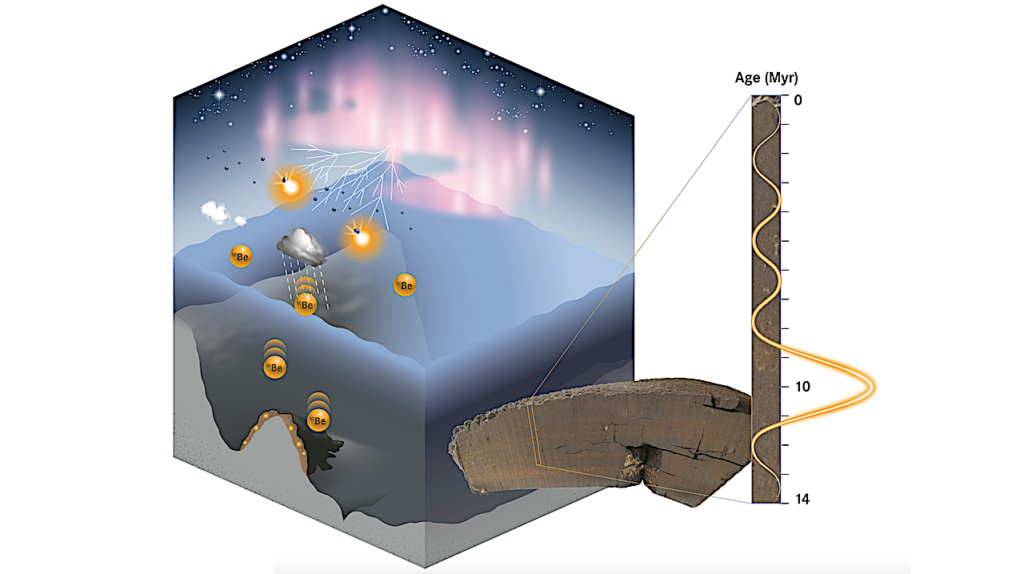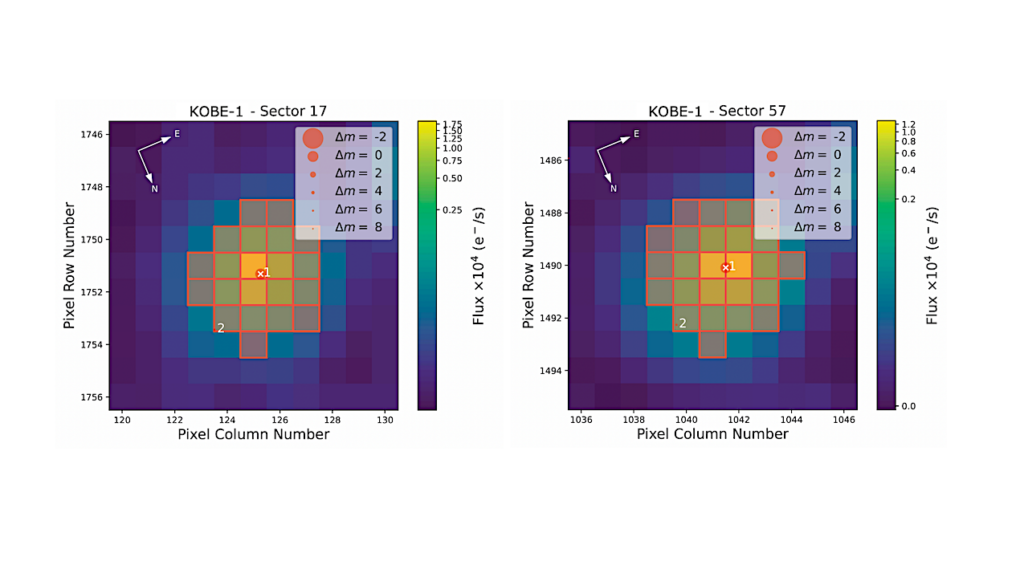Large Interferometer For Exoplanets (LIFE): VII. Practical implementation of a kernel-nulling beam combiner with a discussion on instrumental uncertainties and redundancy benefits

Context: In the previous paper in this series, we identified that a pentagonal arrangement of five telescopes, using a kernel-nulling beam combiner, shows notable advantages for some important performance metrics for a space-based mid-infrared nulling interferometer over several other considered configurations for the detection of Earth-like exoplanets around solar-type stars.
Aims: We aim to produce a practical implementation of a kernel-nulling beam combiner for such a configuration, as well as a discussion of systematic and stochastic errors associated with the instrument.
Methods: We develop the mathematical framework around a beam-combiner based on a nulling combiner first suggested by Guyon et al. (2013), and then use it along with the simulator developed in the previous paper to identify the effects of systematic uncertainties.
Results: We find that errors in the beam combiner optics, systematic phase errors and the RMS fringe tracking errors result in instrument limited performance at ∼4-7 μm, and zodiacal limited at ≳10 μm. Assuming a beam splitter reflectance error of |ΔR|=5% and phase shift error of Δϕ=3 degrees, we find that the fringe tracking RMS should be kept to less than 3 nm in order to be photon limited, and the systematic piston error be less than 0.5 nm to be appropriately sensitive to planets with a contrast of 1×10−7 over a 4-19 μm bandpass. We also identify that the beam combiner design, with the inclusion of a well positioned shutter, provides an ability to produce robust kernel observables even if one or two collecting telescopes were to fail. The resulting four telescope combiner, when put into an X-array formation, results in a transmission map with an relative SNR equivalent to 80% of the fully functioning X-array combiner.
Jonah T. Hansen, Michael J. Ireland, Romain Laugier, the LIFE collaboration
Comments: 12 Pages, 14 Figures, 3 Tables. Submitted to A&A. Comments welcome! Other papers in the LIFE series are also available. First paper: arXiv:2101.07500, preceding paper: arXiv:2201.04891
Subjects: Instrumentation and Methods for Astrophysics (astro-ph.IM); Earth and Planetary Astrophysics (astro-ph.EP)
Cite as: arXiv:2204.12291 [astro-ph.IM] (or arXiv:2204.12291v1 [astro-ph.IM] for this version)
Submission history
From: Jonah Hansen
[v1] Tue, 26 Apr 2022 13:17:10 UTC (2,018 KB)
https://arxiv.org/abs/2204.12291
Astrobiology,








